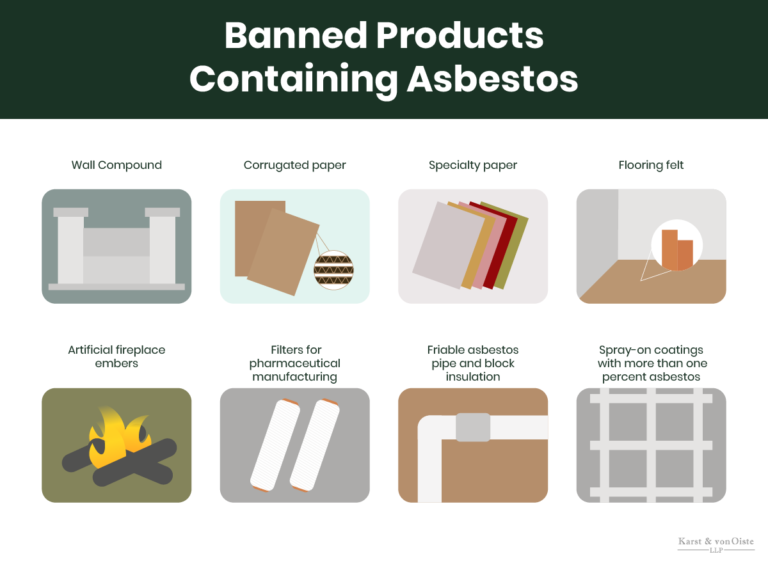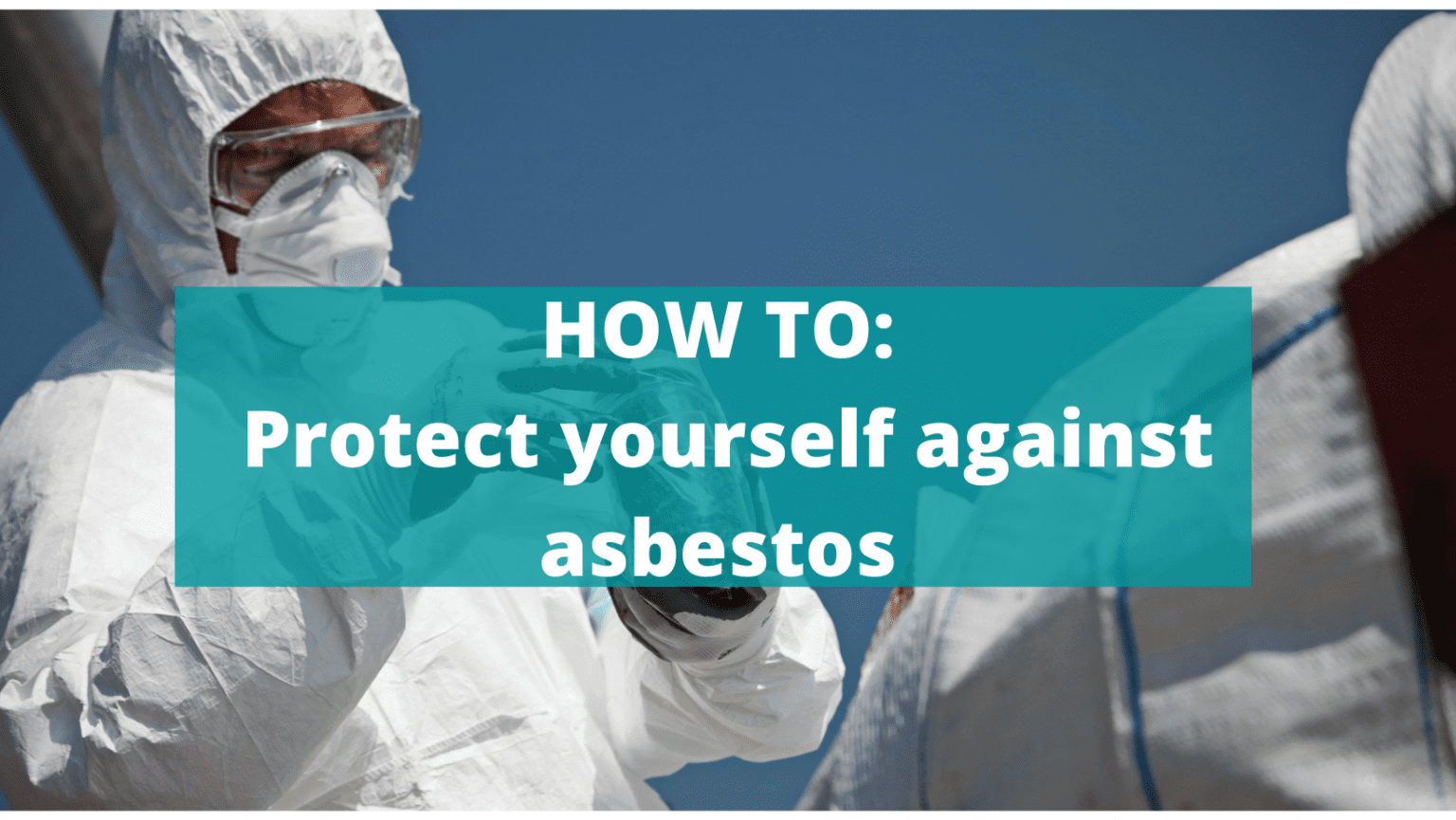A Comprehensive Guide To Products Containing Asbestos: Understanding The Risks And Protecting Yourself
A Comprehensive Guide to Products Containing Asbestos: Understanding the Risks and Protecting Yourself
Related Articles: A Comprehensive Guide to Products Containing Asbestos: Understanding the Risks and Protecting Yourself
Introduction
In this auspicious occasion, we are delighted to delve into the intriguing topic related to A Comprehensive Guide to Products Containing Asbestos: Understanding the Risks and Protecting Yourself. Let’s weave interesting information and offer fresh perspectives to the readers.
Table of Content
A Comprehensive Guide to Products Containing Asbestos: Understanding the Risks and Protecting Yourself

Asbestos, a naturally occurring mineral, was once widely used in various products due to its remarkable properties: heat resistance, strength, and affordability. However, its use has been drastically curtailed due to its established link to serious health problems, including mesothelioma, lung cancer, and asbestosis. This article aims to provide a comprehensive overview of products that contained asbestos, highlighting their historical use, potential risks, and the importance of responsible handling and disposal.
Understanding Asbestos and its Health Effects
Asbestos refers to a group of six naturally occurring silicate minerals, each with unique physical properties. These minerals are composed of long, thin fibers that are resistant to heat, fire, and chemical attack. These qualities made them ideal for various industrial and construction applications.
However, the same properties that made asbestos desirable also make it hazardous to human health. When asbestos fibers are released into the air, they can be easily inhaled. Once in the lungs, these fibers can lodge themselves in the delicate tissues, causing inflammation and scarring. This can lead to a range of serious illnesses, including:
- Mesothelioma: A rare and aggressive cancer that affects the lining of the lungs, abdomen, or heart. It is almost exclusively caused by exposure to asbestos.
- Lung Cancer: Asbestos exposure significantly increases the risk of developing lung cancer, especially in individuals who also smoke.
- Asbestosis: A chronic lung disease characterized by scarring and stiffening of the lung tissue, making it difficult to breathe.
- Other Diseases: Asbestos exposure has also been linked to other diseases, including pleural plaques (thickening of the lining of the lungs), pleural effusion (fluid buildup in the lungs), and gastrointestinal cancers.
Products that Contained Asbestos: A Historical Overview
Asbestos was widely used in various products throughout the 20th century. While its use has been significantly reduced in many countries, it remains a concern due to its persistence in older buildings and products. Here is a breakdown of some common products that contained asbestos:
1. Building Materials:
-
Insulation: Asbestos was extensively used in insulation materials for its fire-resistant properties. This includes:
- Loose-fill insulation: Used in attics, walls, and crawl spaces.
- Spray-on insulation: Applied to ceilings, walls, and pipes.
- Insulating boards: Used in building walls, ceilings, and floors.
- Roofing shingles: Asbestos was commonly used in roofing shingles for its durability and fire resistance.
-
Cement products: Asbestos was incorporated into cement products to enhance their strength and fire resistance. This includes:
- Cement siding: Used for exterior walls.
- Cement pipes: Used for drainage and water systems.
- Cement tiles: Used for flooring and roofing.
- Floor tiles: Vinyl floor tiles, especially those produced before the 1980s, often contained asbestos.
- Wallboard: Some older wallboard products, particularly those manufactured before the 1970s, may contain asbestos.
- Window caulking: Asbestos was used in some caulking compounds for its durability and sealing properties.
2. Automotive Products:
- Brake pads and linings: Asbestos was widely used in brake pads and linings due to its high friction coefficient and heat resistance.
- Clutch plates: Similar to brake pads, asbestos was used in clutch plates for its friction properties.
- Exhaust manifolds: Asbestos was used to insulate exhaust manifolds and prevent heat transfer.
- Gaskets: Asbestos was used in various gaskets throughout the car, including engine gaskets, exhaust gaskets, and transmission gaskets.
3. Industrial Products:
- Fire-resistant textiles: Asbestos was woven into fabrics to create fire-resistant clothing, curtains, and other materials.
- Electrical insulation: Asbestos was used as an insulator in electrical wiring and components due to its heat resistance and electrical conductivity.
- Pipe insulation: Asbestos was used to insulate pipes carrying hot water or steam.
- Boiler insulation: Asbestos was used to insulate boilers and furnaces to prevent heat loss.
- Packing materials: Asbestos was used in packing materials for pumps, valves, and other industrial equipment.
4. Consumer Products:
- Hair dryers: Some older hair dryers contained asbestos in the heating element.
- Ironing boards: Asbestos was used in the padding of some ironing boards.
- Toys: Some toys, particularly those manufactured before the 1970s, may have contained asbestos in their materials.
- Household appliances: Asbestos was used in some older household appliances, such as refrigerators, ovens, and washing machines.
- Cosmetics: Talcum powder, a common cosmetic product, was sometimes contaminated with asbestos.
Identifying Asbestos-Containing Products
Identifying asbestos-containing products can be challenging, especially for older materials. However, there are some clues that can help:
- Age of the product: Products manufactured before the 1980s are more likely to contain asbestos.
- Appearance: Asbestos fibers are often visible to the naked eye, appearing as white, gray, or brown fibers.
- Labeling: Some products may have labels indicating the presence of asbestos.
- Testing: If you suspect a product may contain asbestos, it is best to have it professionally tested.
Tips for Safe Handling and Disposal of Asbestos-Containing Products
If you suspect you have asbestos-containing materials in your home or workplace, it is crucial to handle them safely and dispose of them properly to minimize the risk of exposure. Here are some tips:
- Do not disturb the materials: Avoid disturbing or removing asbestos-containing materials yourself.
- Contact a professional: Hire a qualified asbestos abatement contractor to safely remove and dispose of asbestos-containing materials.
- Follow safety guidelines: Ensure the contractor adheres to all safety regulations and uses appropriate protective gear.
- Keep the area sealed off: Seal off the area where asbestos is being removed to prevent fiber dispersal.
- Dispose of materials properly: Asbestos waste must be disposed of in accordance with local regulations.
FAQs About Asbestos-Containing Products
Q: How do I know if my house contains asbestos?
A: The best way to determine if your house contains asbestos is to have it professionally inspected by a qualified asbestos inspector. They will conduct a visual inspection and may take samples for laboratory analysis.
Q: Is it safe to live in a house with asbestos?
A: In most cases, it is safe to live in a house with asbestos as long as the materials are in good condition and not disturbed. However, if the materials are damaged or crumbling, it is important to have them professionally removed.
Q: What should I do if I find asbestos in my home?
A: If you find asbestos in your home, do not try to remove it yourself. Contact a qualified asbestos abatement contractor to safely remove and dispose of the materials.
Q: Is it safe to remove asbestos myself?
A: No, it is not safe to remove asbestos yourself. Asbestos fibers can be easily released into the air during removal, posing a significant health risk.
Q: What are the long-term effects of asbestos exposure?
A: The long-term effects of asbestos exposure can be severe and include mesothelioma, lung cancer, asbestosis, and other respiratory diseases. These diseases can take years or even decades to develop after exposure.
Q: Can I get rid of asbestos myself?
A: It is strongly advised against removing asbestos yourself. The process requires specialized equipment, protective gear, and expertise to avoid releasing harmful fibers.
Conclusion
Asbestos, once a widely used material, has been linked to serious health problems. While its use has been significantly reduced, it remains a concern due to its presence in older buildings and products. Understanding the risks associated with asbestos, identifying potential sources, and following proper handling and disposal procedures are crucial for protecting yourself and your family. By taking the necessary precautions and seeking professional assistance when needed, you can minimize the risk of asbestos exposure and its associated health effects.








Closure
Thus, we hope this article has provided valuable insights into A Comprehensive Guide to Products Containing Asbestos: Understanding the Risks and Protecting Yourself. We hope you find this article informative and beneficial. See you in our next article!
You may also like
Recent Posts
- The Art Of Persuasion: A Comprehensive Guide To Makeup Product Label Design
- A Comprehensive Look At Mary Kay Cosmetics: Reviews, Insights, And Considerations
- Affordable Skin Care: A Guide To Effective Products Under INR 100
- Navigating The World Of Mary Kay Discounted Products: A Comprehensive Guide
- The Power Of High-Resolution Images: A Guide To Acquiring The Best Visuals For Your Projects
- The Power Of Reviews: Navigating The World Of Makeup Products
- Swiss Beauty Makeup: A Comprehensive Guide To Quality And Affordability
- Embracing Natural Beauty: Makeup Tips And Techniques For Women Over 50
Leave a Reply